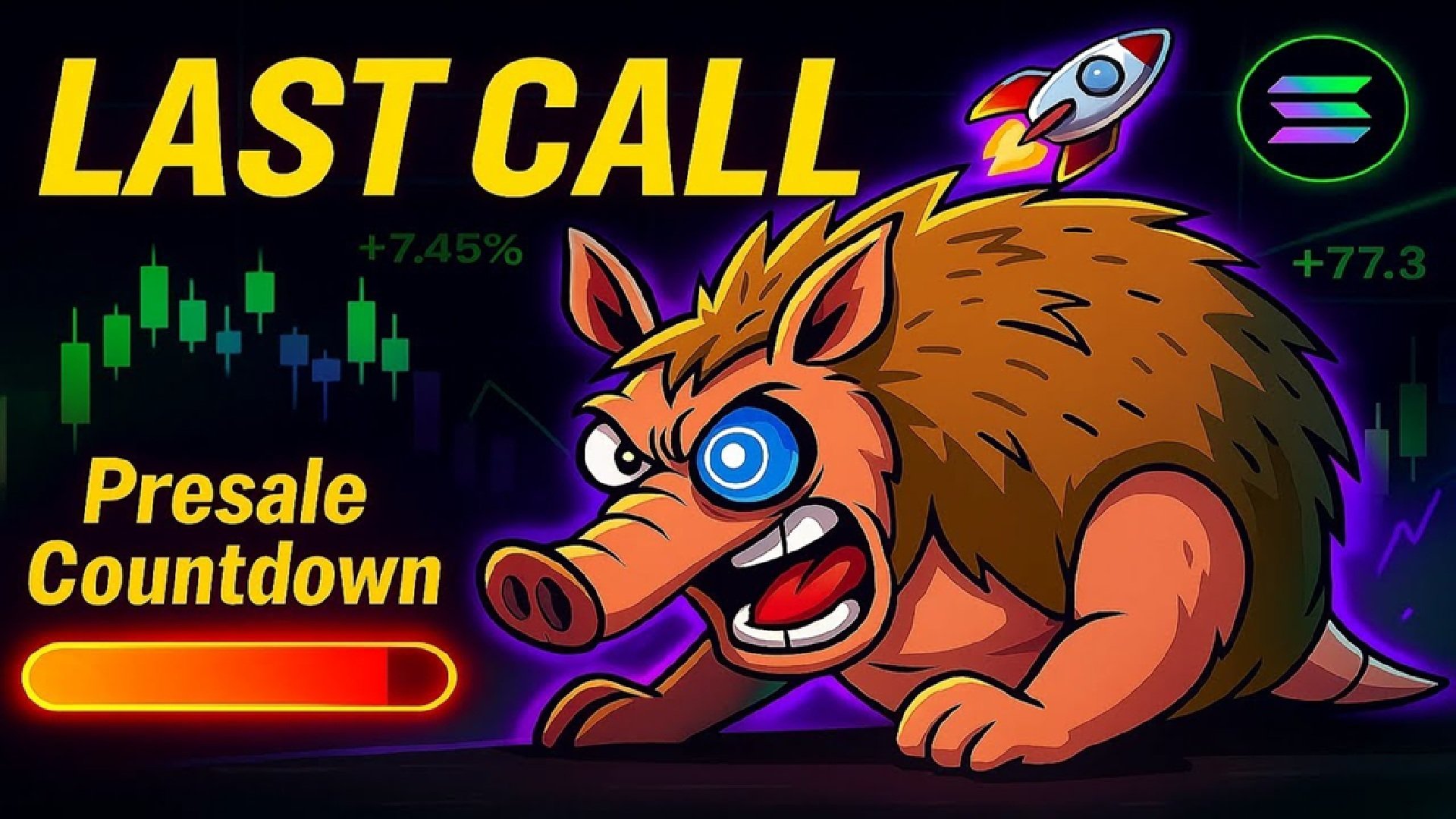National Bank Weighs Bold Shift: Will Kazakhstan Swap Gold for Crypto?
TLDR
- Kazakhstan plans to invest part of its gold and foreign reserves in cryptocurrency to diversify national assets.
- The National Bank of Kazakhstan confirmed that the proposal aims to strengthen the country’s crypto reserve.
- Deputy Chairman Berik Sholpankulov said the government may use assets from the National Fund for crypto purchases.
- Confiscated digital assets from criminal cases will form the initial foundation of the state’s crypto reserve.
- The Ministry of Digital Development is considering allowing state-owned enterprises to mine cryptocurrency.
Kazakhstan plans to convert part of its gold and foreign reserves into cryptocurrency as part of its financial diversification efforts. The National Bank of Kazakhstan (NBK) confirmed that the initiative aims to strengthen the country’s crypto reserve and support economic stability.
Kazakhstan’s Central Bank Evaluates Crypto Investments
Deputy Chairman of the NBK Berik Sholpankulov told lawmakers that Kazakhstan might invest part of its National Fund in crypto assets. He explained that the proposal also includes using a share of the country’s gold and foreign exchange reserves for the same purpose. Lawmakers questioned him during a parliamentary session on new financial legislation.
Sholpankulov stated, “We are considering using some of the assets in the National Fund and gold and foreign exchange reserves to invest in crypto assets.” He clarified that the government is exploring various mechanisms to manage and expand its upcoming cryptocurrency reserve. The session focused on understanding how the crypto reserve would operate and where its funds would originate.
Kazakhstan’s National Fund, managed by the NBK, holds both financial and tangible state assets. It ensures the nation’s long-term financial stability and reduces exposure to global commodity price changes. The fund operates under a trust management agreement with the government.
Crypto Reserve to Include Confiscated Assets
Sholpankulov revealed that crypto assets seized in criminal investigations will form the initial foundation of Kazakhstan’s new reserve. He said these assets would be held as part of a strategic state fund and not traded for profit. The measure aligns with the government’s broader efforts to create a stable digital financial base.
He added that other sources of funding for the crypto reserve are still under review. The Ministry of Digital Development is also discussing proposals for state-owned enterprises to participate in cryptocurrency mining. Kazakhstan’s growing interest in the digital economy reflects its shift toward integrating blockchain and digital assets into its financial system.
President Kassym-Jomart Tokayev ordered the creation of the national crypto reserve earlier this year. The government launched its first crypto reserve fund in September to support that directive. Officials believe this initiative will enhance Kazakhstan’s position as a Central Asian digital finance hub.
Gold Purchases and Expanding Reserves
In 2025, Kazakhstan increased its gold holdings by 32 tonnes, becoming one of the world’s top buyers. The World Gold Council reported that the NBK purchased 8 tonnes in August alone. These acquisitions helped raise Kazakhstan’s total international reserves to more than $52 billion by late summer.
The NBK aims to balance its gold accumulation with investments in digital assets to strengthen reserve diversity. Sholpankulov emphasized that using a mix of gold and crypto could improve financial resilience. He reiterated that the country’s main objective remains maintaining liquidity and supporting long-term economic development.
Kazakhstan has become a growing center for cryptocurrency mining since miners relocated there following China’s ban. The government continues to support mining through new regulations and partnerships with private operators. Officials confirmed that state-run enterprises might soon accept crypto payments for energy and related services.
The Ministry of Digital Development is reviewing a proposal for government companies to mine digital currencies directly. Sholpankulov explained that these companies could reinvest mined assets into the state reserve. This system would allow Kazakhstan to accumulate cryptocurrency through both direct purchase and domestic production.
Kazakhstan’s evolving financial strategy demonstrates its willingness to integrate new asset classes into its national portfolio. The NBK continues to expand its digital reserve while maintaining careful management of traditional financial assets. The institution remains focused on achieving economic stability and efficient asset diversification across its reserves.
The post National Bank Weighs Bold Shift: Will Kazakhstan Swap Gold for Crypto? appeared first on CoinCentral.
You May Also Like

Filecoin & Bonk Build Strength While BlockDAG’s $435M Raise & Value Era Showcases Sustainable Growth

Snorter Token ICO Enters Final Week With Nearly $5M Raised – Next Crypto to Explode
